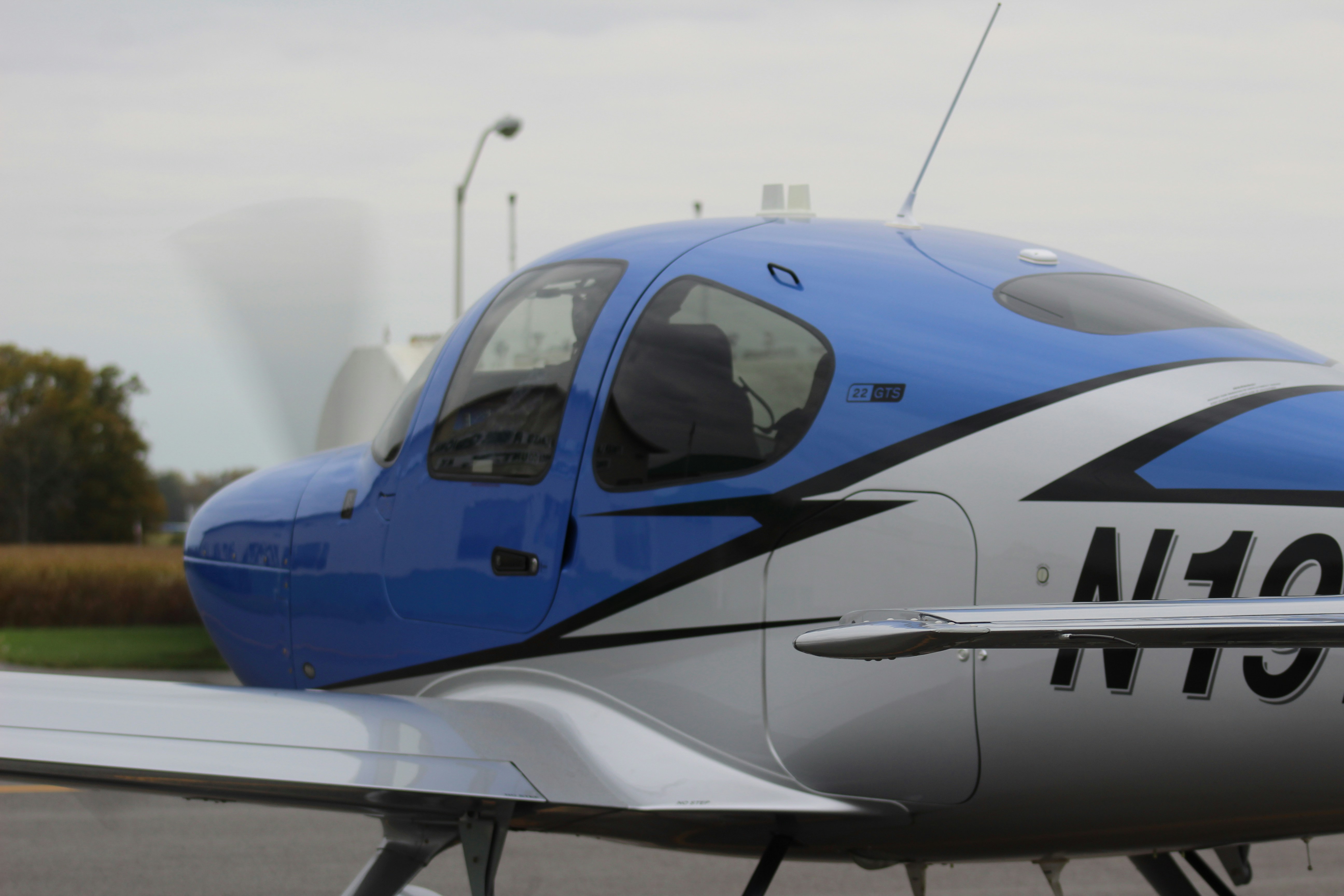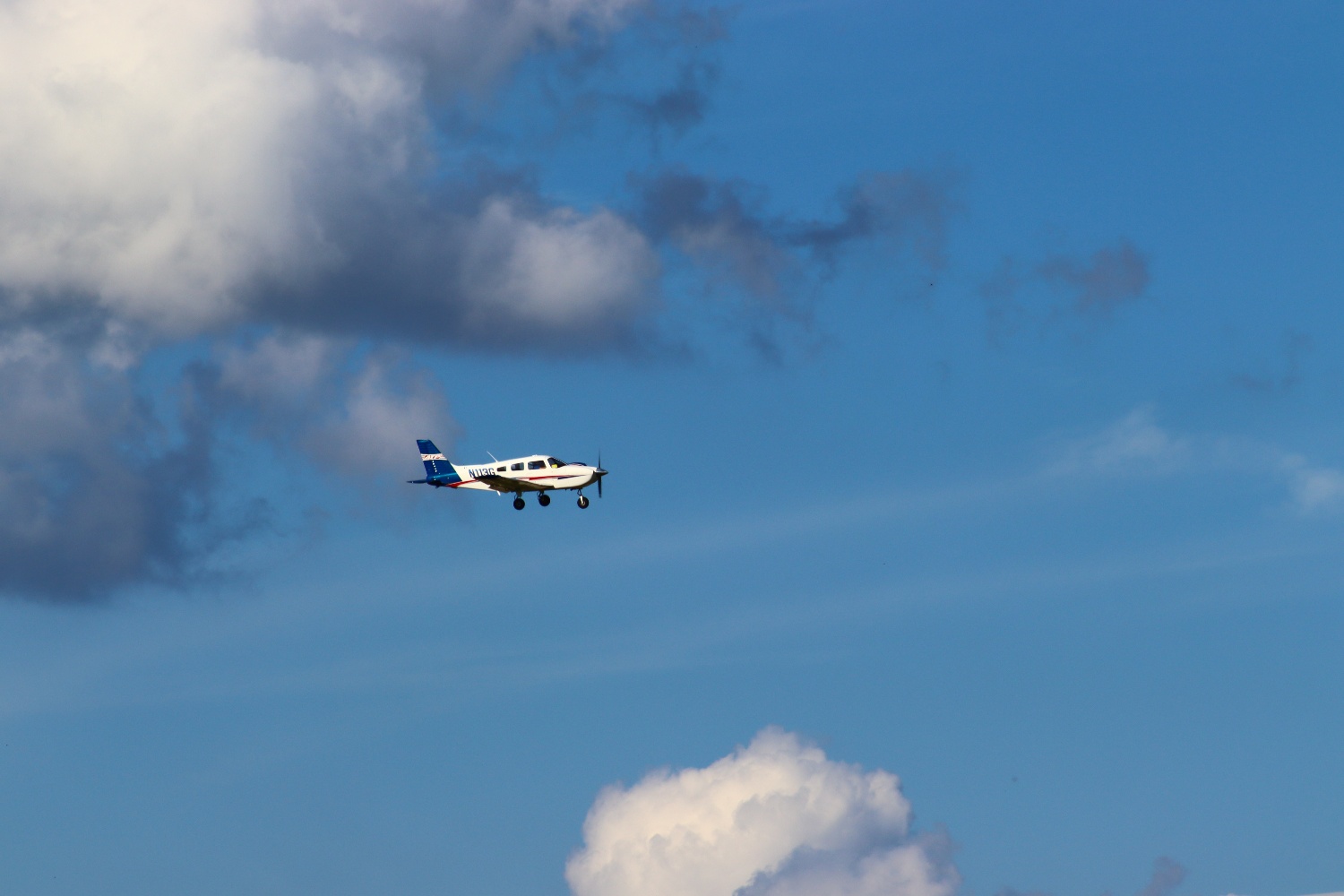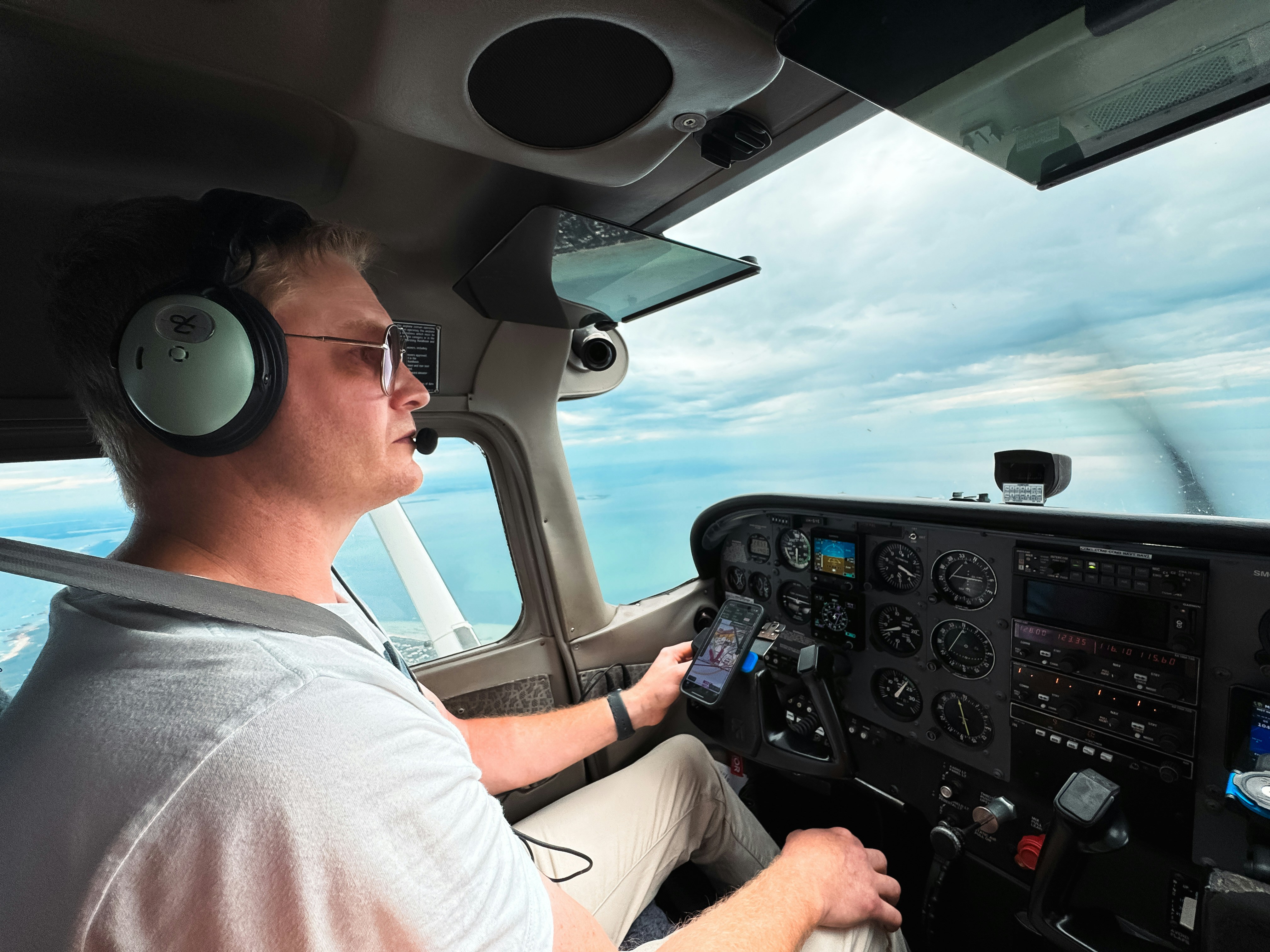Everyone loves options. Who wants to go to a restaurant with one menu item or a bookstore that sells only one book? Options improve these experiences and also improve the likelihood of a safe flight.
The Federal Aviation Administration defines aeronautical decision-making as “the systematic approach to the mental process used by pilots to consistently determine the best course of action in response to a given set of circumstances.” That’s right: I am starting with the most eye-roll-inducing wedding speech cliché.
I truly believe that most certificated pilots can fly the airplane in most typical (and many atypical) situations. When the National Transportation Safety Board releases the final report on an accident or incident, you usually will find a section that says “The pilot's failure to…”
While some of these probable causes sound akin to stick and rudder failures, such as “failure to maintain airspeed” or “failure to maintain aircraft control,” a poor decision or two often leads to said failure. Long story short, ADM is critical.
Today, I am focusing on the “determine the best course of action” portion of ADM. Whenever a pilot is in a position requiring them to determine the best course of action, having multiple viable options is helpful. When presented with a threat or hazard, finding ways to expand these options is prudent. This is not an all-inclusive list but a few examples of ways to pad your options and proactively reduce risk.
Altitude
Extra altitude is one of the best ways to increase your options, especially in single-engine aircraft. Getting to a safe altitude after departure makes returning to the departure point an option (but do not disregard the hazards of “the impossible turn”).
Over mountainous terrain or water, extra gliding range can be lifesaving. On top of distance, it can give you extra time to troubleshoot issues.
However, do not take altitude for granted. Even if you are above an airport at 5,000 feet above ground level, troubleshooting a failing engine while flying away from the airport does not do anyone any good.
Many risk management strategies come with considerations. Extra altitude is great, but eventually, you must factor in hypoxia as a new threat. Whereas hypoxia will occur at a high enough altitude, mechanical failures are not guaranteed.
Planning
When you plan a flight, the option to fly GPS direct to save time and money is tempting. Building a route with additional options (i.e., other airports) is a great way to increase situational awareness and ensure that if the unexpected occurs, you have many possibilities to achieve a safe and desirable outcome. Additionally, this approach requires careful study of the route, which can help avoid undesired terrain or airspace (or TFRs!).
This approach is not possible over all routes, unfortunately. I have done most of my piston flying on the East Coast, where airports are extremely common. If I have a flight that extends 100 nautical miles, I can usually overfly airports while only adding 10-15 miles to my route.
However, even if you cannot identify a single airport between your departure point and destination, planning can still be helpful. Knowing the nearest airports, even private or military airports, is critical. Anywhere safe is a suitable landing spot in an emergency!
Equipment
I mentioned flight planning above, but GPS and EFBs are invaluable resources for padding your options in the air. I have flown plenty in aircraft where I needed to ask ATC for a frequency change to listen to the ATIS and call FSS for weather updates.
It is not unsafe, but it increases your workload for sure. Having all of that (and more) at your fingertips is helpful — especially the EFBs with STRATUS for semi-live weather and updates, which are substantially cheaper than an avionics upgrade.
Additionally, there is a lot of helpful safety equipment out there. Even something as specific as a fire bag for lithium-ion battery fires can buy you valuable time to land safely at an airport instead of a forced landing off-field.
A life raft or life preservers certainly makes ditching more appealing. Sometimes, rescue does not arrive for days after an off-airport landing. Would you be ready to spend a few days in the wilderness where you usually fly?
Adjusting Expectations
Many threats we face day to day are dynamic. One morning, a runway might be snow-covered with poor braking action, and the same afternoon it is completely clear. Thunderstorms may pass through in a matter of minutes.
Whenever I have passengers or need to be somewhere shortly after a flight, I ensure that all parties know that flexibility may be necessary. Setting those expectations allows the crew to adjust the departure time to reduce risk to the lowest practical point.
Fuel
“The only time you have too much fuel is when you are on fire.” I am busting out all the old clichés today.
When I was doing flight training, we topped off for almost every flight, or at least we filled to the tabs. Once I started mission-based flying, I realized there was a balance to strike in fuel planning and weight and balance management. There is a big difference between legal and realistic fuel planning.
However, when I am staring down bad weather, I am much more comfortable having a bit of extra fuel because I have options. I can hold, divert — you name it. I have also learned that fuel stops are a much better alternative than stretching my fuel and regretting it.
The Bottom Line
I think we all agree that having multiple options increases the likelihood of a safe outcome. Finding creative ways of adding options is a key part of risk management, and the types of options you devise often translate from flight to flight.
Speaking of experience, utilizing the experience of mentor and instructor pilots is beneficial. Working as a professional pilot, I have always been given a point of contact to ask questions and inquire about specific scenarios. Frequently, the information I receive is enlightening and provides options I had never even considered. Why not consider phoning a friend as another method for padding your options?
Share this
You May Also Like
These Related Articles

22-Mile Final

The Top IFR Mistakes: Flying VFR With an Instrument Rating
